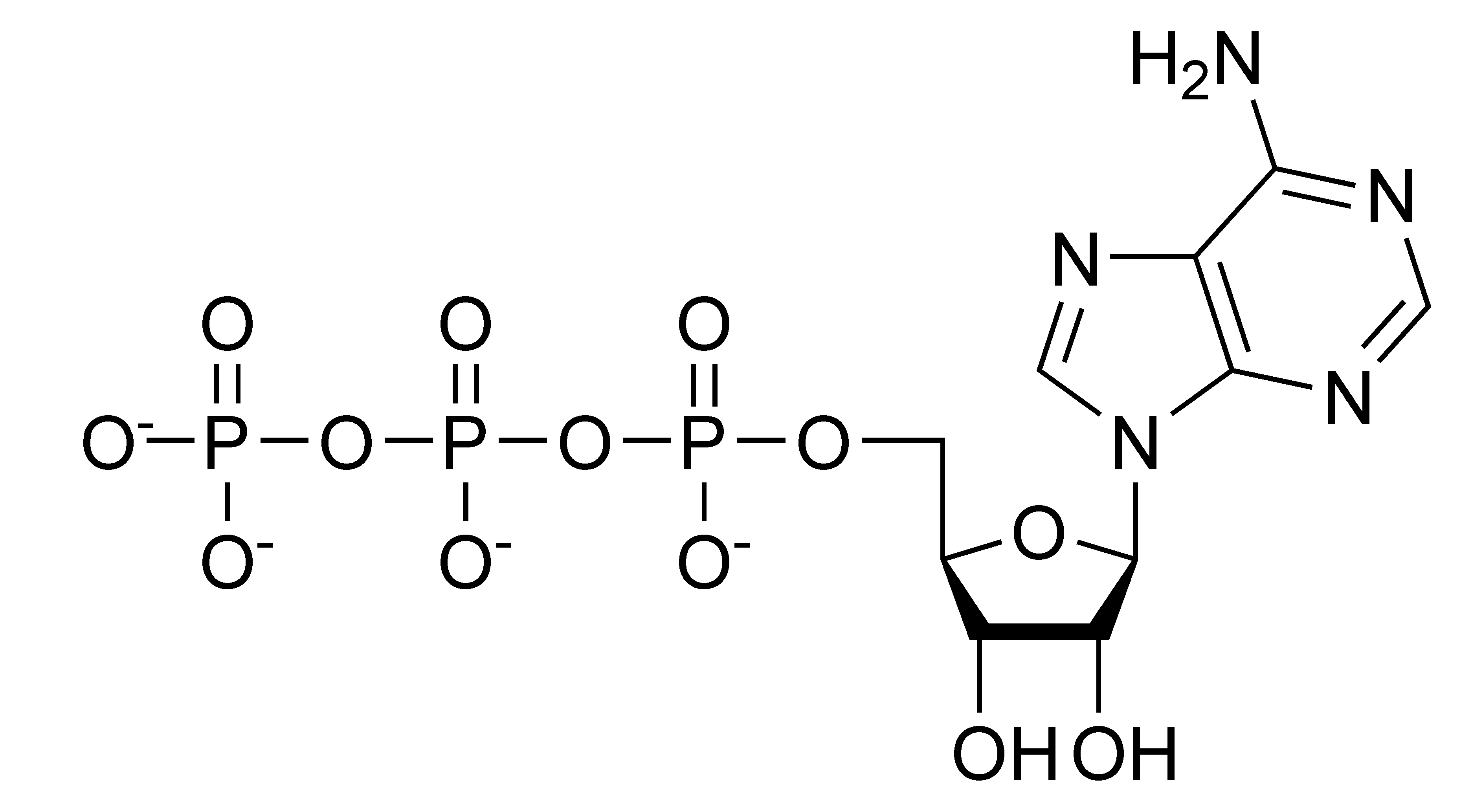Some cofactors are synthesised in our body and are mostly organic compounds like ATP, NADP, FADP etc. But some other cofactors are also needed from outside and can be taken into our daily diet. These kinds of cofactors are some vitamins and minerals, and iron-sulphur clusters. Cofactor examples are mentioned below.
- Copper
- Magnesium
- Iron
- Zinc
- Calcium
- Potassium
- Manganese
- Nickel
- Cobalt
- Selenium
- Molybdenum
- Iron-sulphur cluster
- Chromium
- Vitamin A
- Vitamin B2
- Vitamin C
- Tungsten
- Vanadium
- Cadmium
- Haem
- Biotin
- Coenzyme A
- Tetrahydrofolate
- Lipoate
- Pyridoxal phosphate
- Thiamine pyrophosphate
- Niacin
- Nicotinamide dinucleotide
- Adenosine triphosphate
- Flavin adenine dinucleotide
Explain each with source, location and functions
1. Copper
Source: Cytochrome oxidase, Tyrosinase
Location: Mitochondria
Function: This cation is used as an electron transfer intermediate. Many enzymes can function in presence of copper ions like monooxygenases, and tyrosinase to catalyze the hydroxylation of glycosidic bonds and can oxidise the catechols in the melanin biosynthetic pathway.
2. Magnesium
Source: Hexokinase, Pyruvate kinase, Glycosyltransferase, Glucose-6-phosphatase
Location: Cytosol
Function: They are a good the -OH acceptor and have the ability to transfer the P group. They play a major role in chlorophyll as they are the central atom with four porphyrin rings. In our cells, what we know as ATP, the energy currency must bind up with Mg++ ions to become an active ATP i.e., Mg-ATP.
3. Iron
Source: Nitrogenase, Cytochrome oxidase, Catalase, Peroxidase
Location: Root nodules of legumes, cytoplasm and mitochondria
Function: They play a major role in the photosynthetic organism as they help in electron transfer and catalysis. They are also important to the human body for blood circulation.
4. Zinc
Source: Thiol-ester hydrolases, Aldehyde-lyases, DNA polymerase, Carbonic anhydrase, Carboxy-peptidase
Location: Cytosol of liver and stomach and liver cells, renal tubules
Function: They especially act on C-C bonds. They are the key component of dehydrogenases as they require 4 zinc ions for functioning. They also help in the conversion of superoxide to hydrogen peroxide via superoxide dismutase.
5. Potassium
Source: Pyruvate kinase, Catalase
Location: Cytosol
Function: Very limited number of enzymes required this ion for activation. They are mostly used for carbohydrate metabolism.
6. Manganese
Source: Arginase, Ribonucleotide reductase, D-amino acid ligase
Location: Mitochondria of kidney and prostate and nucleoplasm
Function: They act as a cofactor in almost 6% of the enzymatic reactions in plants. They can catalyse the splitting of H2O and transfer the electrons to drive photosynthesis.
7. Nickel
Source: Urease, Hydrolase, Linear amides
Location: Soil and human body
Function: Besides urease, they also play a crucial role in CO dehydrogenase and acetyl CoA synthase. They maintain the metal homeostasis in methanogens. In contrast, no nickel enzyme has been found in mammalian species.
8. Cobalt
Source: Nucleotidyl transferase
Location: Cytosol
Function: Besides the component of vitamin B12, it also plays a crucial role in the formation of pre-B and pre-T cells, leading to the production of antioxidant and anti-viral defences in the immune system.
9. Selenium
Source: Glutathione peroxidase
Location: Cytoplasm
Function: They acts as hydrogen donor as it removes hydrogen peroxide from the cells.
10. Molybdenum
Source: Xanthine oxidase, Dinitrogenase, Nitrate reductase
Location: Serum and lungs, procaryotic organism
Function: They also play an essential role in sulfite oxidase. They form the Fe-Mo complex of NR reduce the nitrate into nitrite through NO3 – assimilation pathway
11. Iron-sulphur cluster
Source: Oxidoreductase, Succinate dehydrogenase
Location: Inner-mitochondrial membrane
Function: They play a crucial role in the mitochondrial respiratory chain and protein metabolism.
12. Haem
Source: Phosphoric diester hydrolase
Location: Cytoplasm
Function: Haem is the most important component of our fluid tissues and helps in detoxification from procaryotic to vertebrates.
13. Biotin
Source: Also known as vitamin B7
Location: Eggs, Avocados, salmon, nuts
Function: They are involved in CO2 metabolism. They enhance the catabolic activity of propionyl-CoA-carboxylase. It is a form of vitamin B which boosts the growth of hair follicles.
14. Coenzyme A
Source: Also known as Acetyl coenzyme A, present in meat, vegetables, cereal grains
Location: Mitochondria
Function: They help the transfer of acyl groups. They are used in the oxaloacetic acid cycle which oxidises the pyruvate and is involved in fatty acid metabolism.
15. Tetrahydrofolate
Source: Dihydrofolate reductase
Location: found in both prokaryotes and eucaryotes
Function: They are important to purine synthesis and anabolism of single -C compounds. Folic acids are the prime component of a balanced diet during pregnancy.
16. Lipoate
Source: 2-oxoglutarate dehydrogenase, also known as thioctic acid or lipoic acid
Location: Mitochondria
Function: They act as an electron carrier in the cells and are involved in mitochondrial oxidative phosphorylation.
17. Pyridoxal phosphate
Source: Glycogen phosphorylase, also known as vitamin B6, found in Ginkgo biloba and Arabidopsis thaliana
Location: Muscle and hepatocytes
Function: It is pyridoxal 5- phosphate, stabilises the α carbon of amino acids and performs the metabolism of proteins.
18. Thiamine pyrophosphate
Source: alpha-ketoglutarate dehydrogenase, also known as vitamin B1
Location: Mitochondria
Function: A derivative of thiamine which catalyzes the oxidative decarboxylation and transketolase reactions.
19. Nicotinamide dinucleotide
Source: Also known as NAD(P) (H)
Location: Mitochondrial matrix, Thylakoid of chloroplast
Function: NAD functions in conjugation with enzymes called dehydrogenases, and catalyzes the oxidation-reduction reactions. NADP + is reduced to NADPH in the second electron transport chain of photosynthesis.
20. Adenosine triphosphate (ATP)
Source: ATP synthase
Location: Mitochondria
Function: The chief role of ATP is for the maintenance of respiration itself and to produce heat, light, energy and electricity.

21. Flavin adenine dinucleotide (FDN)
Source: α-glycerophosphate dehydrogenase, Succinate dehydrogenase
Location: Mitochondria
Function: Flavoproteins catalyze the removal of a hydride ion(H–) and hydrogen ion(H+) from a metabolite.
22. Calcium
Source: Hydrolase, Glycosylate, Glycosidase
Location: Endoplasmic reticulum, Lysosome, Golgi apparatus
Function: It is not a cofactor as it does not involve directly in an enzymatic pathway but acts as the precursor for many enzymes like protein phosphatase for allosteric regulation.
23. Riboflavin
Source: Also known as vitamin B2, present in eggs, milk and yoghurt
Location: Erythrocytes and Platelets
Function: It induced the iron acquisition as well as in activation of flavin mononucleotides. It also serves as an electron carrier.
24. Retinal
Source: Retinol dehydrogenase, also known as vitamin A
Location: Rod cells in eyes
Function: They act upon the photoreceptor cells and can convert retinol into retinal via photoisomerization and helps in proper visualizations.
25. Ascorbic acid
Source: Prolyl-3 hydroxylase and lysyl hydroxylase
Location: Rough Endoplasmic Reticulum
Function: It is involved in the synthesis of collagen, catecholamines, histone methylation and other amidated peptide hormones.
26. Niacin
Source: Meat, dairy products, fruits, vegetables and seeweeds, Also known as vitamin B3
Location: All tissues in the body
Function: This behaves as the precursor for nicotinamide adenosine dinucleotide and nicotinamide adenosine dinucleotide phosphate. It also acts as an electron transporter.
27. Tungsten
Source: Aldehyde ferredoxin oxidoreductase
Location: In an archea, Pyrococcus furiosus
Function: It provides the active site in AOR for binding of 2 molybdopterins and is used in the metabolism of aldehydes.
28. Cadmium
Source: Carbonic anhydrase
Location: Brain, Osteoclasts
Function: They are effective in marine phytoplankton like in diatoms. They can induce the production ofc thiols and phytochelatin compounds.
29. Chromium
Source: Chromodulin (an enzyme)
Location: Liver, spleen and bones
Function: It regulates the catabolism of fats and carbs. It also guides the synthesis of cholesterol and fatty acids. Chemically, it is also primarily important for insulin stimulation.
30. Vanadium
Source: Nitrogenase
Location: Root nodules of diazotrophs
Function: It gets associated with iron to form a FeV cluster inside the organism to fix the atmospheric nitrogen into an absorbable form.
Conclusion
As per my knowledge, I would like to conclude that cofactors are non-proteinaceous and are involved in a large number of intracellular reactions. They play a vital role in the regulation of biosynthetic pathways. They are directly or indirectly present in carbohydrate, protein and fatty acid metabolism.
Also Read:
- Abdomen anatomy
- Mycorrhizal fungi examples
- Osmosis example
- Do prokaryotes have a nucleus
- Is chlorophyll an enzyme
- Fibrous protein example
- Isotonic solution example
- Why is dna replication semiconservative
- Meiosis stages
- Crab examples

Hi….I am Anushree Verma, I have completed my Master’s in Biotechnology. I am a very confident, dedicated and enthusiastic author from the biotechnology field. I have a good understanding of life sciences and great command over communication skills. I thrive to learn new things every day. I would like to thank this esteemed organization for giving me such a great opportunity.
Let’s connect through LinkedIn- https://www.linkedin.com/in/anushree-verma-066ba7153